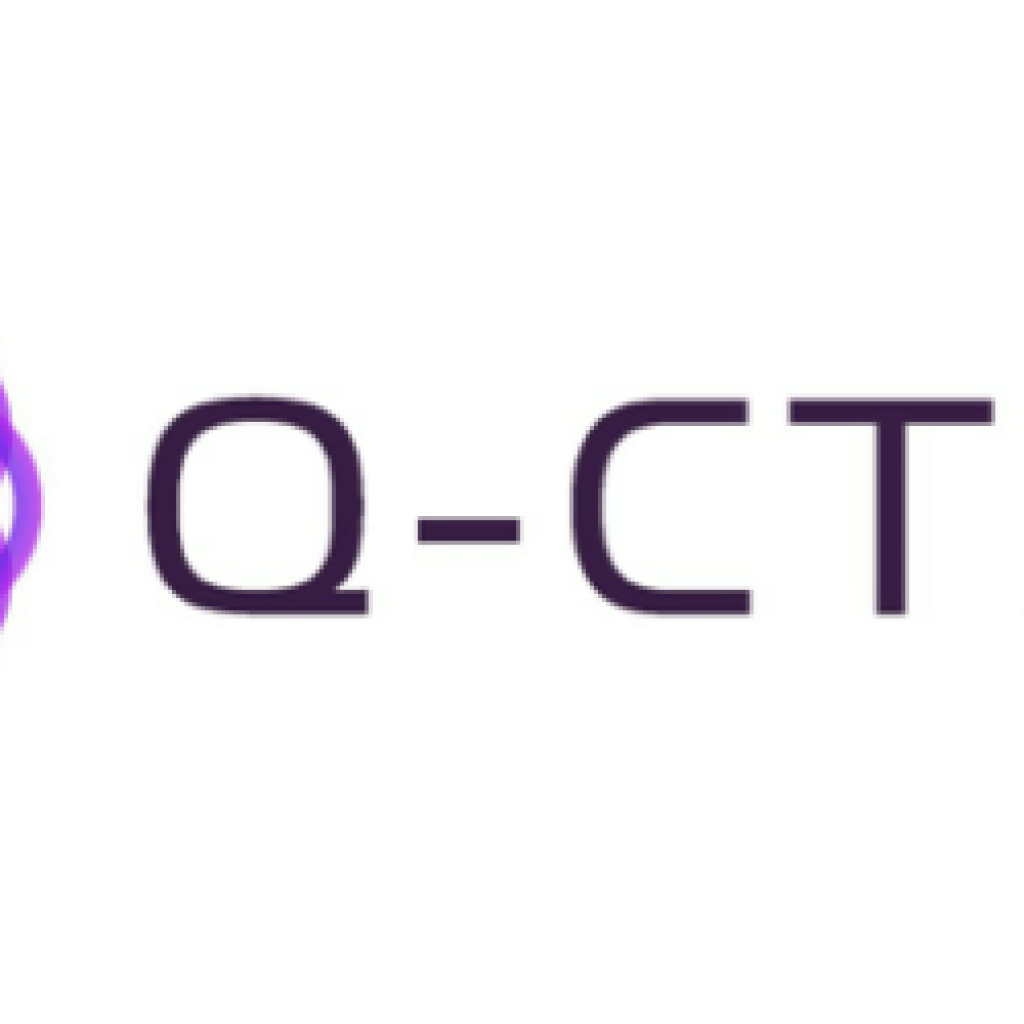As we wrap up 2021 and begin 2022, IQT News is asking executives from several companies across the quantum sector to weigh in on the state of the industry, key challenges that remain and visions and hopes of the future.
The first entry in this series comes from Michael Biercuk, founder and CEO of Q-CTRL. The company last month announced a $25 million funding round led by Airbus Ventures. Among other recent exploits, Q-CTRL also held an interesting promotion for its Black Opal training software–a Black Friday sale. Earlier in the year, Q-CTRL and University of Sydney researchers made progress on efforts to use machine learning to identify sources of quantum computing errors.
Here’s what Biercuk had to say about perhaps the biggest challenge facing quantum computing as 2021 comes to a close:
Quantum computers are held back by a single bottleneck – their susceptibility to error. Compared with today’s dominant digital computing technology, quantum computer hardware is over 20 orders of magnitude more likely to suffer a hardware fault.
Our entire sector is waiting with bated breath for a breakthrough in the application of Quantum Error Correction (QEC) to address this need. After all, the theory of fault-tolerant QEC is the fundamental underpinning of all assertions that we can build large-scale quantum computers delivering useful outcomes.
At this point, many of the basic principles of QEC have been demonstrated in the laboratory – from the basics of the repetition code through to complex encodings, logical operations on codewords, and repeated cycles of QEC with errors identified and corrected in real time. What hasn’t yet been achieved is a breakeven in the performance of the logical error rate due to the overhead of enacting the QEC protocol itself; QEC still makes things worse.
2022 may be the year we finally achieve beneficial QEC – but it still won’t be practically useful.
A device with an error rate just below the so-called “threshold” can deliver net performance gains that can in principle be scaled to arbitrarily low error rates. But the resources required to do so diverge to infinity near the threshold. Ultimately, crossing the error threshold is not sufficient – we need to smash it to smithereens and keep pushing on hardware performance even as beneficial QEC comes online.
In my view it’s important that in conveying our excitement about the likely soon-to-come scientific milestone of beneficial QEC we don’t mislead the community into somehow thinking there are no longer issues with error in quantum computing. Our community needs to speak about error in quantum computers with a longer-term vision; achieving fault-tolerant QEC is the beginning of the story, not the end.
